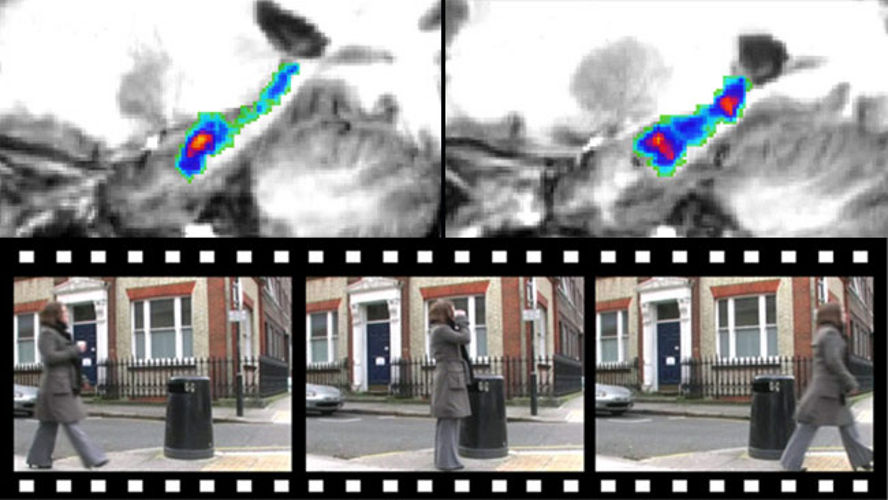They leave a trace in the cortex as they unfold

Experts investigating the way in which our brain forms, stores and recalls memory were recently able to demonstrate through imaging techniques that these events leave a trace in the cortex. The real finding is that this trace can be viewed with existing equipment. The discovery could lead to a better understanding of neurological conditions, as well as to the development of potential new cures. Memory impairments, such as those produced by a stroke, an injury, or simply by aging, could also become a thing of the past, the team behind the study is quoted by ScienceNow as saying.
The investigation was conducted by the same researchers who in a previous study determined the secrets of the hippocampus. This extremely important area of the brain is capable of keeping tabs on where a person is at all times, and is also crucial in learning and memory. Using a proprietary algorithm, as well as the perks of functional Magnetic Resonance Imaging (fMRI), British researchers from the University College London (UCL) managed to crack its secrets. The team was led by renowned international expert and cognitive neuroscientst, Eleanor Maguire.
In the new experiments, Maguire and her team shifted their attention from spatial orientation to another, more complex function of the hippocampus. It is called episodic memory of specific experiences, and the group says that a good example for this is the associations formed inside the brain when an individual sees the ocean for the first time. The team wanted to learn whether using their algorithm could allow for the capturing of such memories. The experts selected ten volunteers that shared the memory, and then placed in them in fMRI machine. The imaging method highlights which areas of the brain activate in the presence of a certain stimuli, by analyzing blood flow.
The test participants were shown three different movies, each of them 7 seconds long. They were asked to remember what they saw on a screen while inside the fMRI machine. The computer algorithm was then put to work to determine possible associations between their brain activation patterns. In the end, the computer code managed to identify which of the movies the participants were remembering with an accuracy “considerably higher than would be expected by chance,” Maguire says. “This is really an interesting result, […] it's the closest we've come to reading specific memories,” adds of the work University
No comments:
Post a Comment